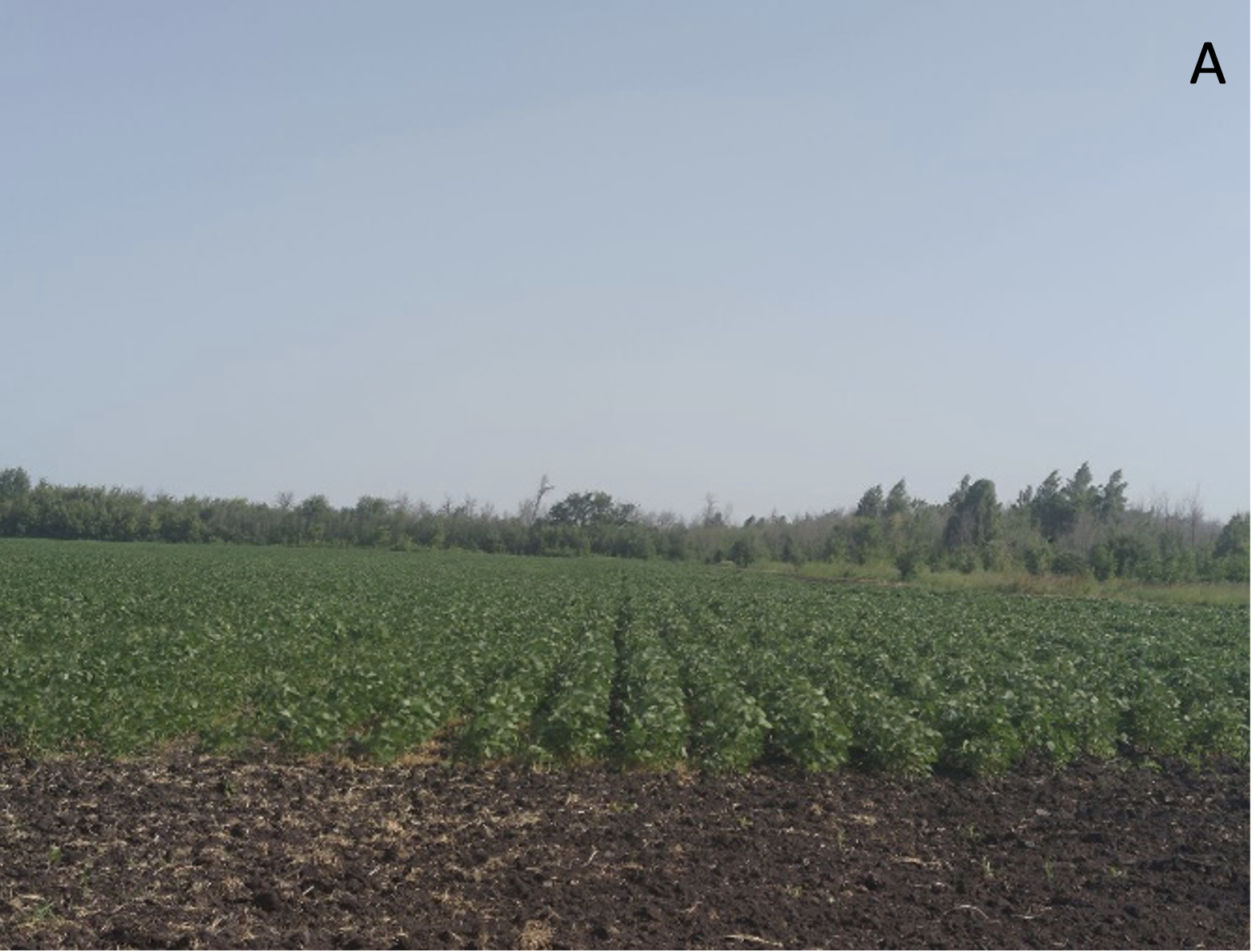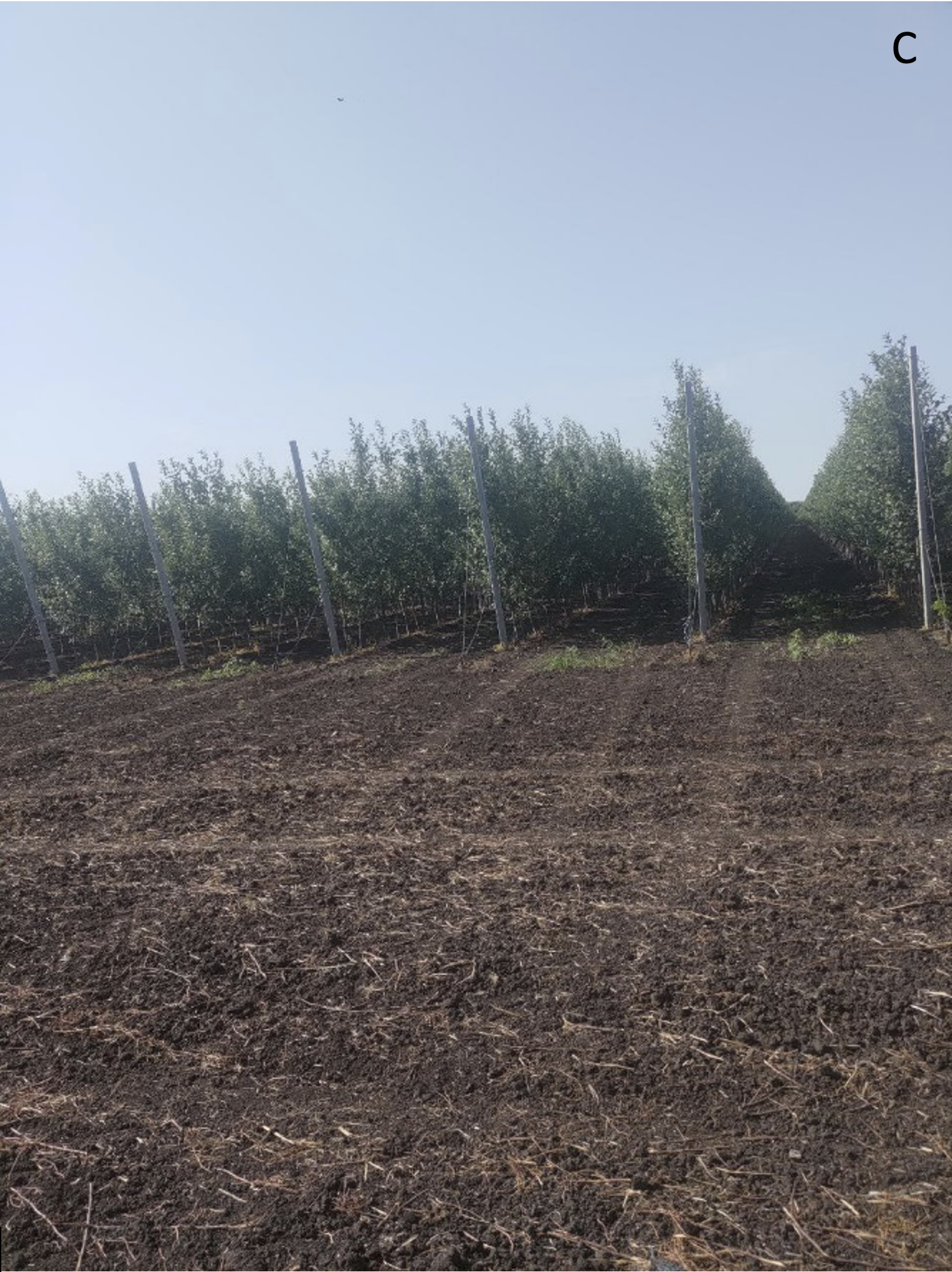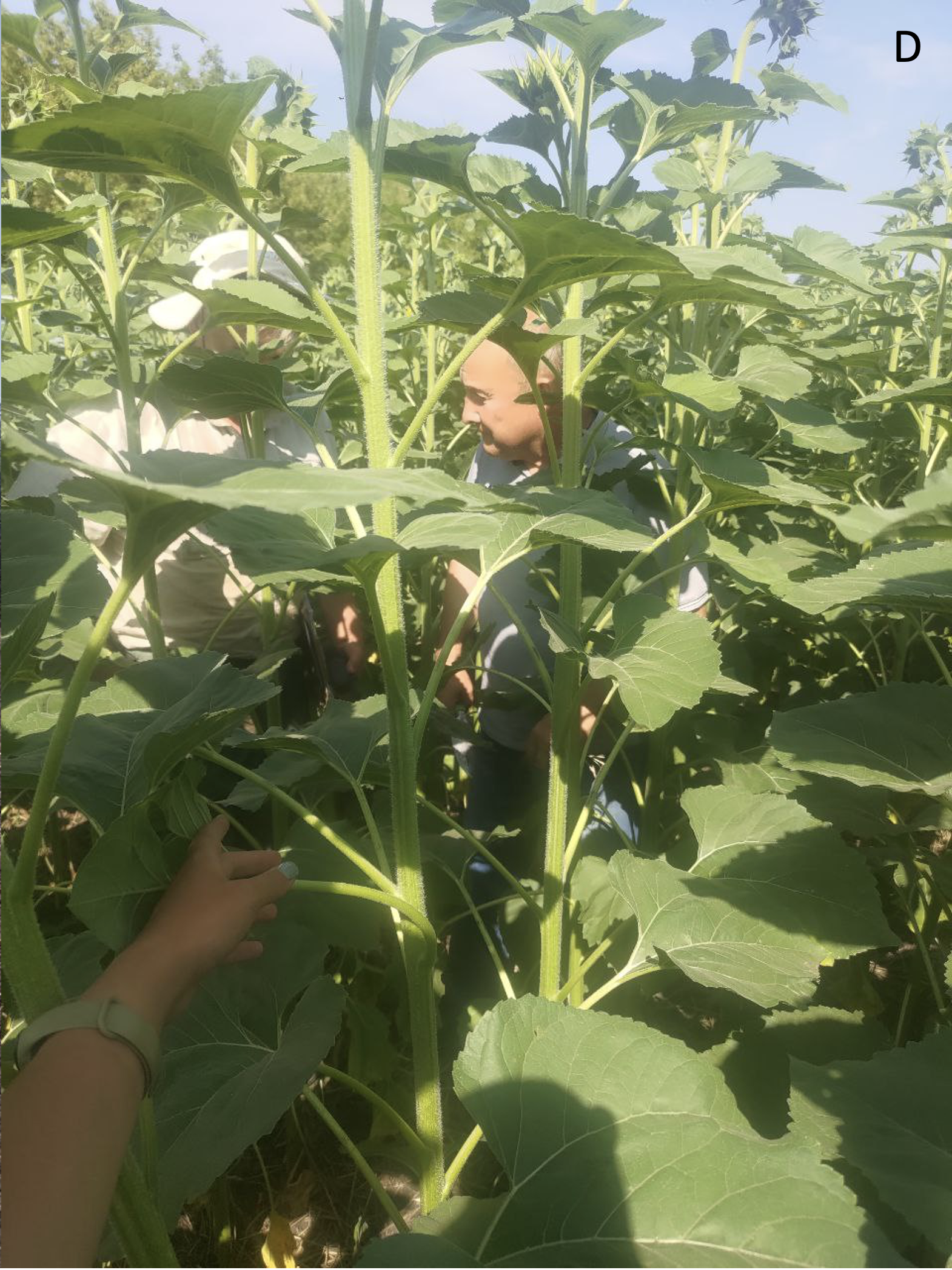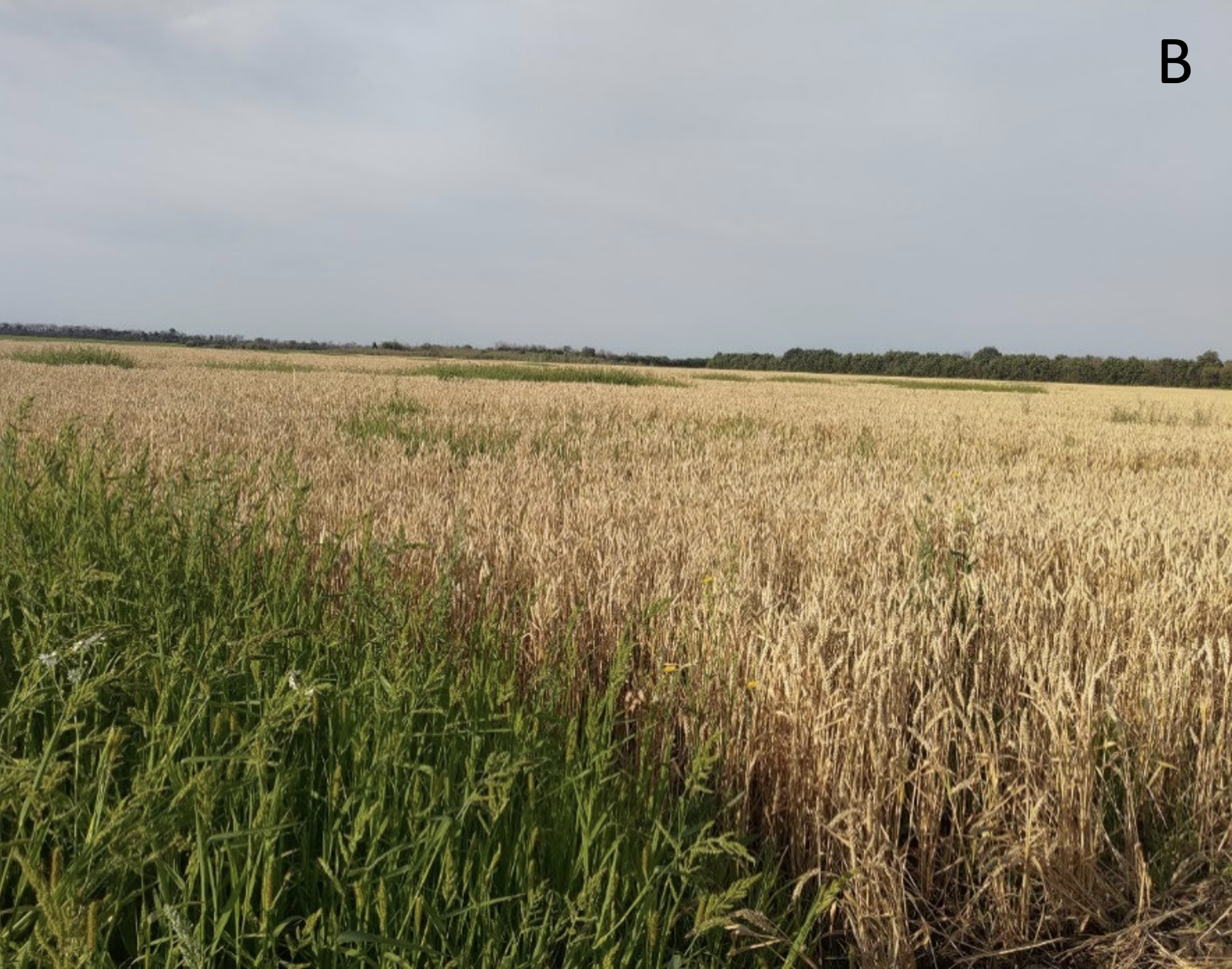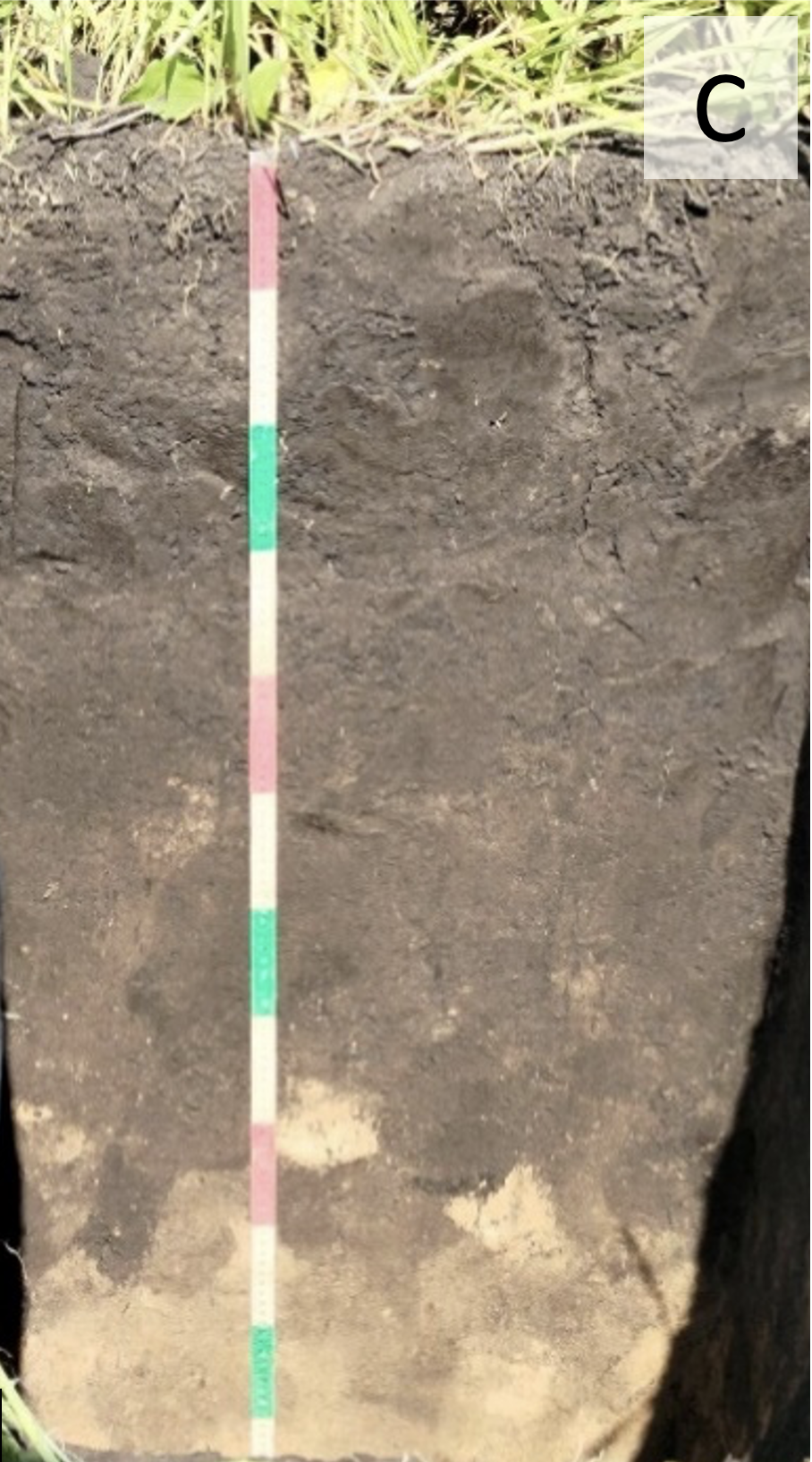Employees of the Federal Research Center “V.V. Dokuchaev Soil Science Institute" conducted a reconnaissance survey to the Voronezh region for creating a new test polygon of carbon pools monitoring in soils of agroecosystems
On July 8-9, 2024, employees of the FRC V.V. Dokuchaev Soil Science Institute conducted a reconnaissance at the agricultural enterprise LLC "Niva" in the Ertil district of the Voronezh region to establish a new test site for monitoring carbon pools in the soils of agroecosystems. The "Ertil" site will complement information on carbon stocks in typical chernozems and meadow-chernozem soils alongside the existing "Kursk" polygon (see Fig. 1).
FRC V.V. Dokuchaev Soil Science Institute is working on accounting for carbon pools and flows in soils of agroecosystems by establishing test polygons where methodologies of estimating carbon sequestration rates in soils are tested in site of natural conditions and the characteristics of soil conservation agro-technologies. By the end of 2024, we plan to increase the number of test polygons in agricultural landscapes to 9, and to 50 by 2030.
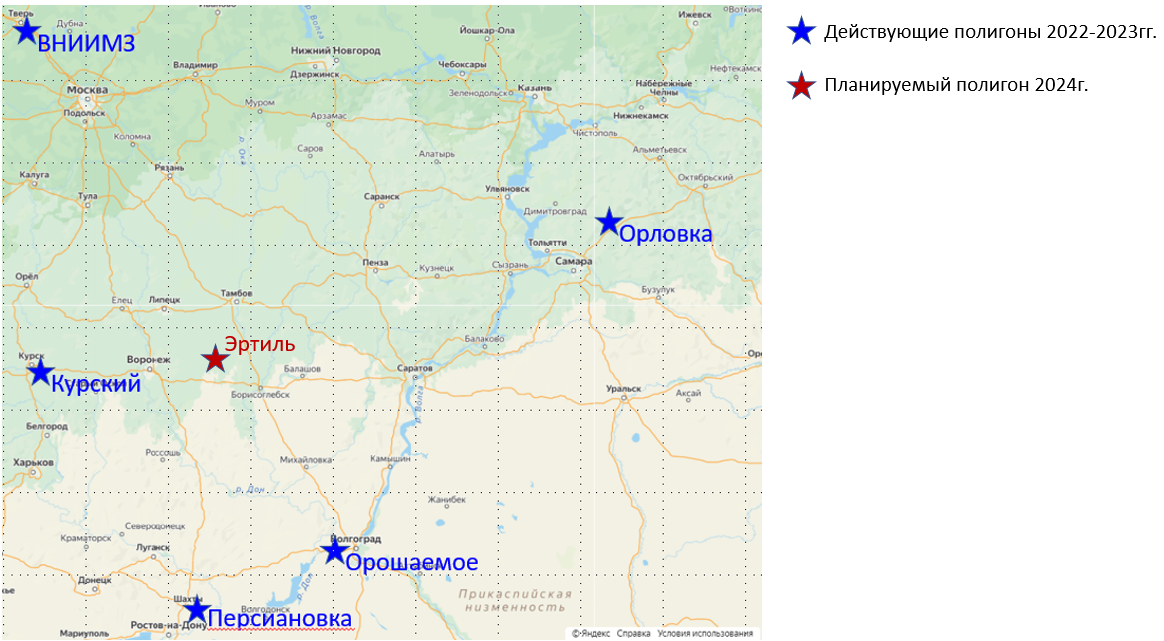
Fig. 1. Scheme of existing and planned carbon pool monitoring polygons in soils of agroecosystems for 2024.
The LLC "Niva" farm covers an area of 5400 hectares and combines various soil treatment methods for crops such as soybeans, sunflowers, winter and spring wheat, rapeseed, grain corn, potatoes, chickpeas, peas, and others. Corn and potatoes are grown with irrigation using plowing. For other crops, a No-Till technology is used with biopreparations in combination with Strip-till. After harvesting winter wheat, the fields are sown with cover crops to prevent soil degradation. The farm also cultivates perennial crops (see Fig. 2C).
Fig. 2. Diversity of crops at LLC "Niva." A,B - soybeans in good and average condition respectively; C - apple orchards; D - sunflowers.
The soil cover structure of the farm consists of typical chernozems combined with meadow-chernozem soils (see Fig. 3B). The parent materials are represented by loess-like loams, underlain at a shallow depth (1.5-2m) by Dnieper moraine clays. More humid "green" areas with weed vegetation in the fields form due to local waterlogging resulting from the complex relief of underlying water-impermeable material (see Fig. 3A).
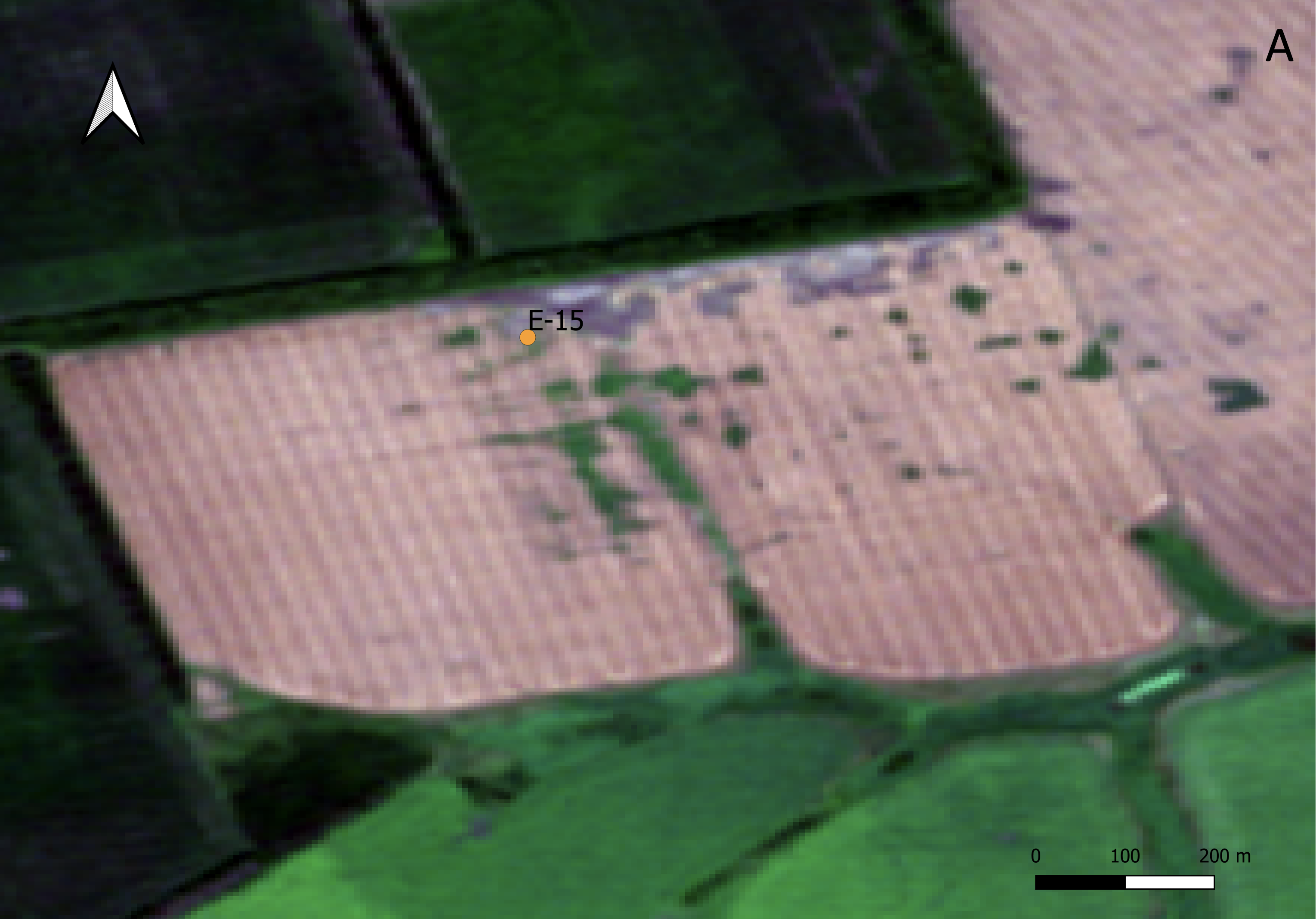
Fig. 3. Waterlogged areas – green patches of weeds in winter wheat. A – from a satellite image captured by Sentinel-2 on July 13, 2024, natural color combination; B – during ground inspection on July 9, 2024; C – Soil of the "green patch." Meadow-chernozem old plowed soil is medium swelling heavy clay on pale-brown loess-like loams underlain by pale-brown carbonate gravelly clays.
The expedition participants express their heartfelt gratitude to the general director of LLC "Niva," Nikolai Vladimirovich Slauk, for the warm welcome and consultation during the reconnaissance survey.
Employees of the FRC V.V. Dokuchaev Soil Sciene Institute are participants in the Soil Group of the "RITM of Carbon" consortium working on the project "Russian Climate Monitoring System" (a key innovative project of national importance, KIP NI, supervised by the Ministry of Economic Development of the Russian Federation).


